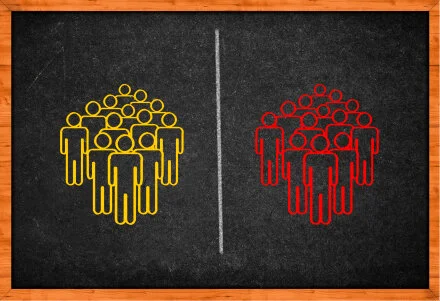What are the key principles of youth athlete development and how do we best structure this?
Beyond the disputes on the specifics of the LTAD model, I think the term ‘Long-Term Athlete Development’ describes each of the most salient principles.
So the first principle is thinking long-term. To give the example of a national development programme, we should not be unduly concerned about winning junior-level competitions. Our approach should rather reflect the ultimate mission, which is to produce athletes who are capable of winning on the world stage as a senior.














